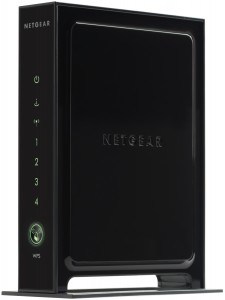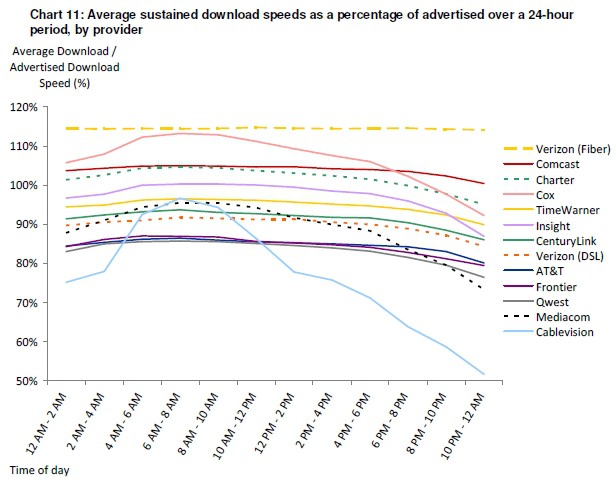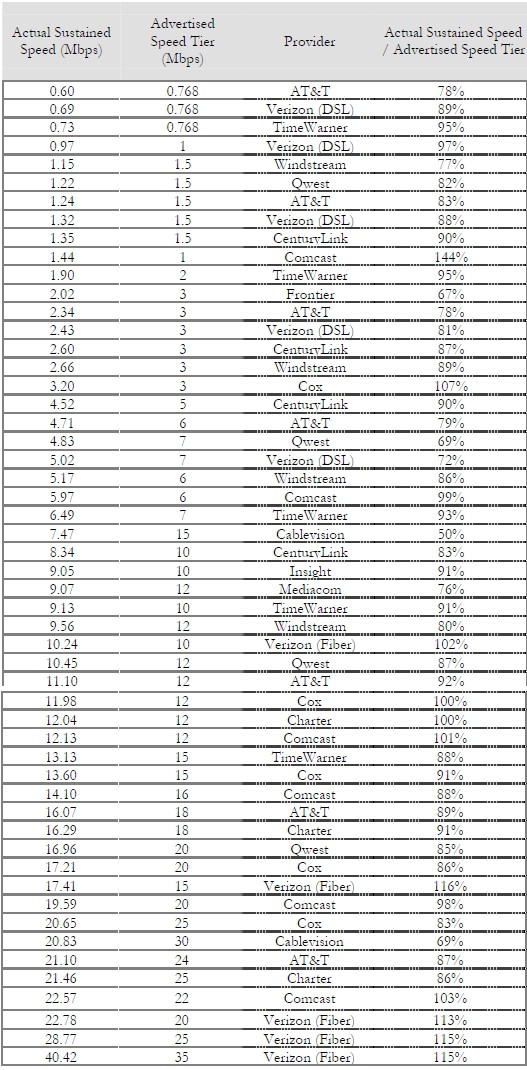 The Federal Communications Commission’s efforts to measure America’s real broadband speeds needs you. The federal agency is looking for American volunteers willing to host a wireless router that can conduct occasional background speed tests and report the results to Samknows, the independent company contracted to manage the testing program. Stop the Cap! has participated in the project for more than eight months and can report the tests are completely un-intrusive and the router has worked well amongst all of our other broadband and networking equipment.
The Federal Communications Commission’s efforts to measure America’s real broadband speeds needs you. The federal agency is looking for American volunteers willing to host a wireless router that can conduct occasional background speed tests and report the results to Samknows, the independent company contracted to manage the testing program. Stop the Cap! has participated in the project for more than eight months and can report the tests are completely un-intrusive and the router has worked well amongst all of our other broadband and networking equipment.
Samknows will supply you with a Netgear WNR3500L Wireless-N router free-of-charge. We’ve found the router a tad plasticky, but it has performed well with no serious performance issues, especially after the firmware was updated earlier this year. The router comes pre-configured with the speed and performance testing protocol built right in. It conducts various automated tests a few times daily — tests that we’ve never found bothersome while using our broadband service. It reports results back to Samknows, and by extension the FCC. Once a month you will receive an e-mailed “report card” for your particular Internet Service Provider’s performance.
Time Warner Cable has received high marks from our Samknows router here in Brighton, N.Y. But we know of plenty of cases where volunteers have successfully been able to call out their providers with less-than-stellar performance results. Just ask Cablevision, whose dismal performance in the first broadband report from the FCC exposed an obviously oversold broadband network. Cablevision hurried out press releases trying to deflect blame, but we suspect they are also quietly upgrading their network to ensure no repeat performance of their failing grade in the next report.
The program is a great way to do your part to fight for better broadband in the United States, and you walk away with a free wireless router when it’s all over.
There are some requirements to participate:
- You have a fixed line broadband Internet connection to your residence.
- You use a standalone device to connect to your broadband service (a cable or DSL modem or router combination with modem built-in).
- You have a stable broadband connection (i.e. it doesn’t disconnect frequently). Note that this is just referring to the connection – not the speed.
- You are not a heavy downloader. Our tests can only run when your line below a certain traffic threshold, therefore we would not be able to run any tests if your line is in constant use.
- You have a spare power socket near your existing router (or wherever you plan to connect the unit. Keep in mind that a network cable must run between the unit and your router though! We supply a 1m cable).
- You need to be on one of the ISPs that we’re measuring.
- You are not an employee or a family member of an employee of one of the ISPs being monitored.
With respect to being a “heavy downloader,” what Samknows really means here is that you are not running peer-to-peer file-sharing software 24/7. They don’t mind if you spend a lot of time with Netflix or other online services. If your provider delivers inconsistent service with frequent outages, I’d still apply. The poor results will be reflected in the FCC report.
Participants also have to broadly agree with certain terms and conditions:
 Not to unplug the unit or your ISP’s router unless away for an extended period of time.
Not to unplug the unit or your ISP’s router unless away for an extended period of time.- Not attempt to reverse engineer or alter the unit.
- To notify Samknows if and when you choose to change ISPs.
- To return the unit to Samknows should you no longer wish to be involved (Samknows to pay reasonable postage costs).
- To connect the unit in the way described in the documentation.
- To keep Samknows updated with valid contact details (i.e. email and postal address).
In our experience, we can offer some clarifications here:
- They don’t care if you unplug equipment during a storm or for other short-term periods;
- They do allow you to run the equipment in “bridge mode,” meaning you can still rely on your primary router, leaving the Netgear Samknows router as an adjunct to your home network;
- You are allowed to apply firmware upgrades, as available, so long as they retain the performance testing protocol.
Applying is easy enough. Simply complete the online form and Samknows will contact you when the next round of routers is prepared to ship. It typically takes several weeks between rounds, so don’t expect an immediate reply. The router will be sent to you through UPS or FedEx, no signature required. The testing program is scheduled to last up to three years.


 Subscribe
Subscribe







